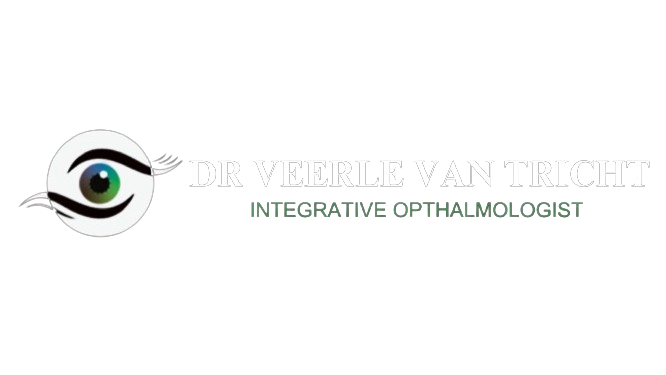chalazion-stye
Chalazion is a common eyelid condition characterized by the formation of a painless, firm lump or swelling on the eyelid.
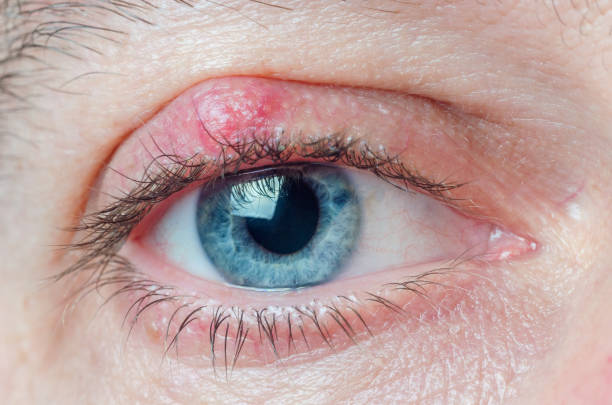
Diagnosis
I will begin treatment will begin by examining the affected eyelid and asking about any associated symptoms. I will ask about the duration, size, and characteristics of the chalazion. This will help differentiate a chalazion from other eyelid conditions.
Follow-up
We may schedule a follow-up appointment to monitor the progress of the chalazion. They will assess if further treatment is needed or if the chalazion has resolved
Evaluation
In my Clinic we may use a slit lamp examination or magnifying glasses to carefully evaluate the chalazion. This allows us to assess its location, size, and any associated inflammation.
Patient Education
We will provide information on proper eyelid hygiene and preventive measures to reduce the risk of recurrence. They will also educate the patient on when to seek further medical attention if the chalazion worsens or persists despite treatment.
Treatment Planning
We carry out all of these options
1. Warm Compresses: Applying warm compresses to the affected eyelid can help soften the glandular secretions and promote drainage of the chalazion.
2. Lid Massage: Gentle massage of the affected eyelid can help promote the drainage of the chalazion.
3. Medications: The doctor may prescribe antibiotic ointments or steroid eye drops to reduce any associated inflammation and prevent infection.
4. Incision and Drainage: In some cases, if the chalazion persists or is larger in size, the doctor may opt for a minor surgical procedure to make an incision and drain the contents of the chalazion.
Speak with an Ophthalmologist
Call: +44 7900 842692

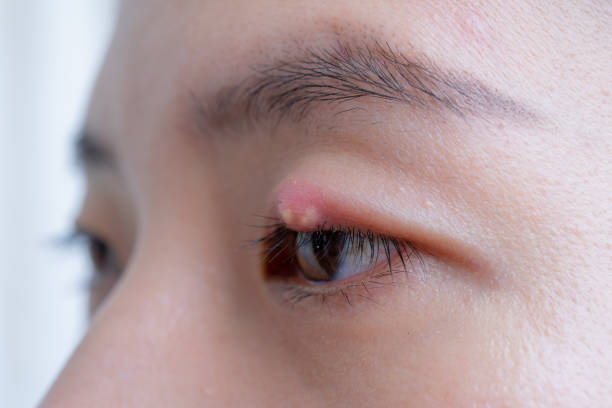
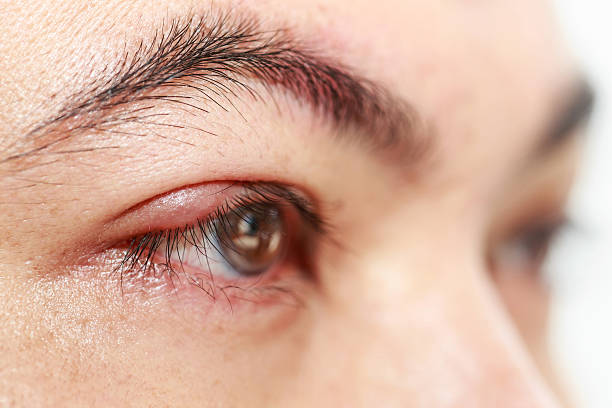
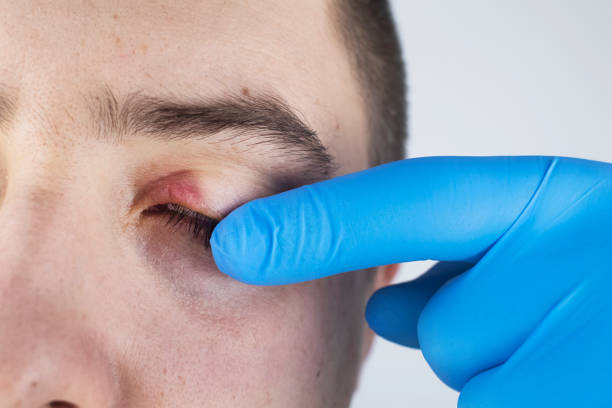
Frequently Asked Questions
What causes a chalazion?
A chalazion is caused by the blockage or obstruction of the oil glands in the eyelid. When the oil gland is blocked, the oil accumulates, leading to the formation of a chalazion.
How can I differentiate a chalazion from a stye?
A chalazion is different from a stye, which is an infection of the eyelid that causes a painful lump. Chalazions are typically painless and may be larger in size compared to styes. Styes are often accompanied by redness, tenderness, and a yellow pus-filled head, while chalazions have a firmer consistency.
Can a chalazion go away on its own?
In some cases, smaller chalazions may go away on their own without any treatment. However, larger or persistent chalazions may require medical intervention.
How long does it take for a chalazion to heal?
The healing time for a chalazion varies from person to person. In some cases, it may take a few weeks for a chalazion to resolve, while in others, it may take several months. Surgical intervention can help speed up the healing process.
Can I prevent chalazions from occurring?
While it may not be possible to prevent every chalazion, there are steps you can take to reduce the risk. These include maintaining good eyelid hygiene, avoiding touching or rubbing the eyes with dirty hands, and removing eye makeup before sleepingCan I prevent chalazions from occurring?.
Is a chalazion contagious?
No, chalazions are not contagious. They are not caused by an infection and cannot be transmitted from one person to another.
When should I see a doctor for a chalazion?
You should consider seeing a doctor if the chalazion is causing significant discomfort, affects your vision, or if it does not improve after home remedies. An eye specialist can provide a proper diagnosis and recommend appropriate treatment options.
What to Expect From Your Visit
Comprehensive Eye Examination, Refraction Test, Slit Lamp Examination, Dilated Eye Examination, Additional Specialized Tests,Diagnosis and Treatment Plan, Patient Education, Follow-Up Appointments. It’s important to note that the exact procedures and tests may vary based on individual needs, and some visits may focus on specific concerns or conditions. It’s always beneficial to communicate any specific symptoms or concerns you may have during the visit.
